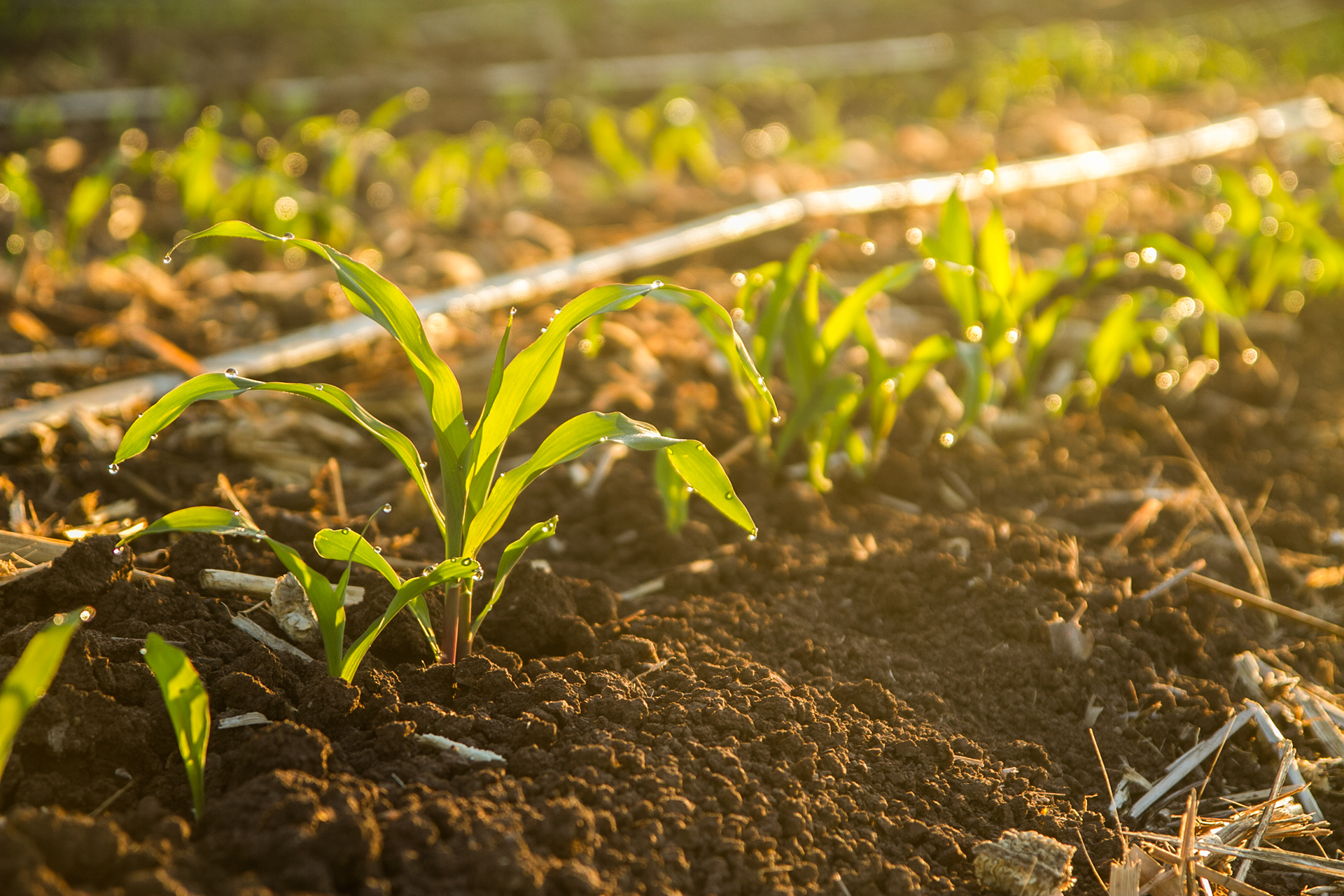| Poultry price increases is expected to ease, after double-digit hikes over the past two years.
According to the Spring edition of the Absa AgriTrends Report, a stronger rand and robust growth in production by key global suppliers such as Brazil, could see the average price of chicken products increase by just over 1% this year in some instances (see table below). “In recent times, the outbreak of diseases like Avian Influenza has caused a global shortage of this protein source, which put upward pressure on prices,” says Dr Marlene Louw, Senior Economist at Absa AgriBusiness. “While potential new disease outbreaks may change the price outlook going forward, all things being equal, we expect that lower feed prices will improve margins for producers, which could stimulate supply. This could in turn assist in keeping price increases contained over the medium term, which is good news for consumers.” Now in its third year, the biannual Absa AgriTrends Report has become a key resource, providing stakeholders throughout the agricultural value chain with valuable insights into the changing landscape, empowering them to make informed decisions that promote sustainable growth. While chicken accounts for roughly two-thirds of meat consumed in South Africa, about 20% of local consumption is serviced through imports – mostly frozen bone-in portions. Thus, any supply interruption could have a meaningful impact on price movements, Louw says. In July this year, Brazil experienced a case of New Castle disease and although it was an isolated incident, trade was suspended for 21 days. “With around 400 000 tons of chicken being exported out of Brazil each month, the event highlighted the importance of Brazil as a key exporter servicing the global market. South Africa is especially vulnerable to export disruptions out of Brazil – in 2023, more than three-quarters of chicken imports to South Africa, came from the Southern American agricultural giant,” Louw notes. Amid growing calls for chicken pieces to be zero-rated, Louw says that while the importance of food affordability is acknowledged, it is also vital to note that a change of this nature could have unintended consequences – for example, relative price changes of products in the meat complex are likely to alter consumption patterns, which could impact prices and margins of other products in the meat complex. Louw notes that policies that support and enable efficient broiler production (such as effective and agile disease management and sound service delivery) would also limit price increases of chicken products. This would likely have a less distortive effect on relative prices and margins and contribute to providing consumers with price relief. Table: Average chicken prices (2021-2023) and price forecasts (2024-2027)
Source: Absa AgriBusiness, 2024 The Absa AgriTrends report covers a wide range of topics, including macroeconomic developments, commodity prices and forecasts, trade and export dynamics as well as environmental, social and governance considerations. The Absa AgriTrends Spring Edition will be available from around midday today – click here. For more information, please contact:Ingé Lamprecht on 082 885 4128 / inge.lamprecht@absa.africa or Rania Hasanen on 071 557 3709 / rania.hasanen@absa.africa |









